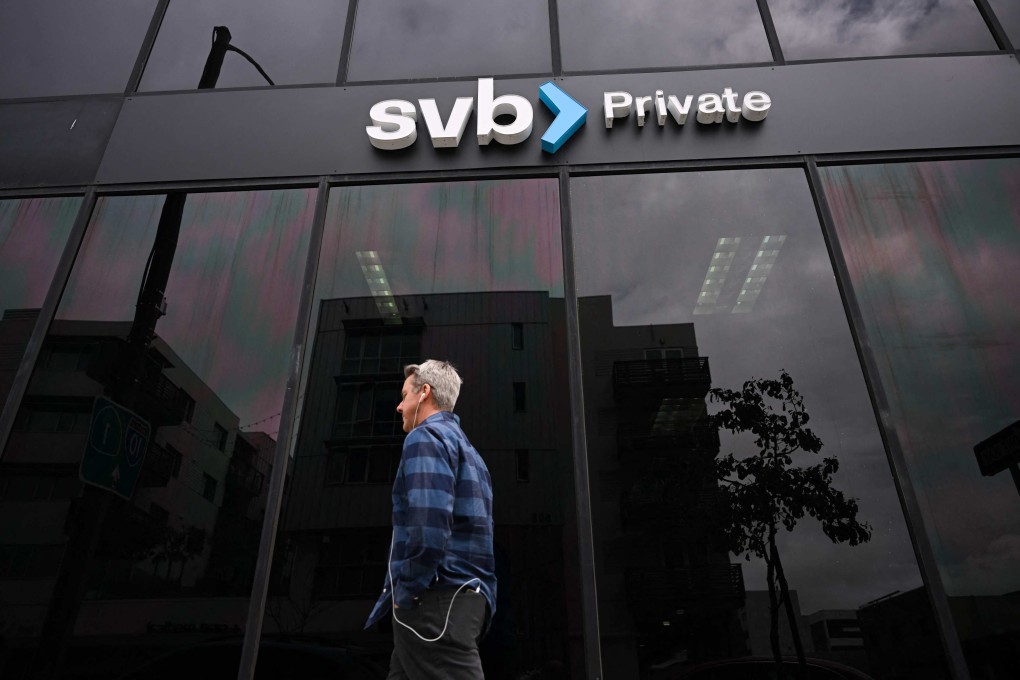Inside Out | Built on a mountain of debt, businesses could collapse under inflation and higher interest rates
- For years, financial institutions have plied companies – particularly rising tech firms – with cheap money, allowing them to accumulate debt without ever turning a profit
- Now, as this system threatens to implode, central banks are running to the rescue – again

Second, that rescuing the banks targeted the wrong people. Behind them, the crux of the crisis was tens of thousands of families struggling with mortgages they could not afford, and homes they would be unable to keep. The banks may have fuelled the crisis, but they were proxies for the mortgaged victims that truly needed rescue.
The unaddressed elephant in the room is debt and, most important, the price of servicing that debt in an era in which financiers under 50 take for granted ultra-low rates and negligible inflation, and view this as “normal”.
If you look at the list of major SVB depositors, a clear pattern emerges of companies that have been listed and valued at billions of dollars, focused on growth at all costs, without so far turning a profit.
These hi-tech enterprises have only known life with insignificant inflation and negligible debt service burdens. Their heroes are companies like Tesla, which lost money for 17 years before at last in 2020 reporting profits, or Uber (profitless since being founded in 2009), Snapchat (eight years in loss), or WeWork.

